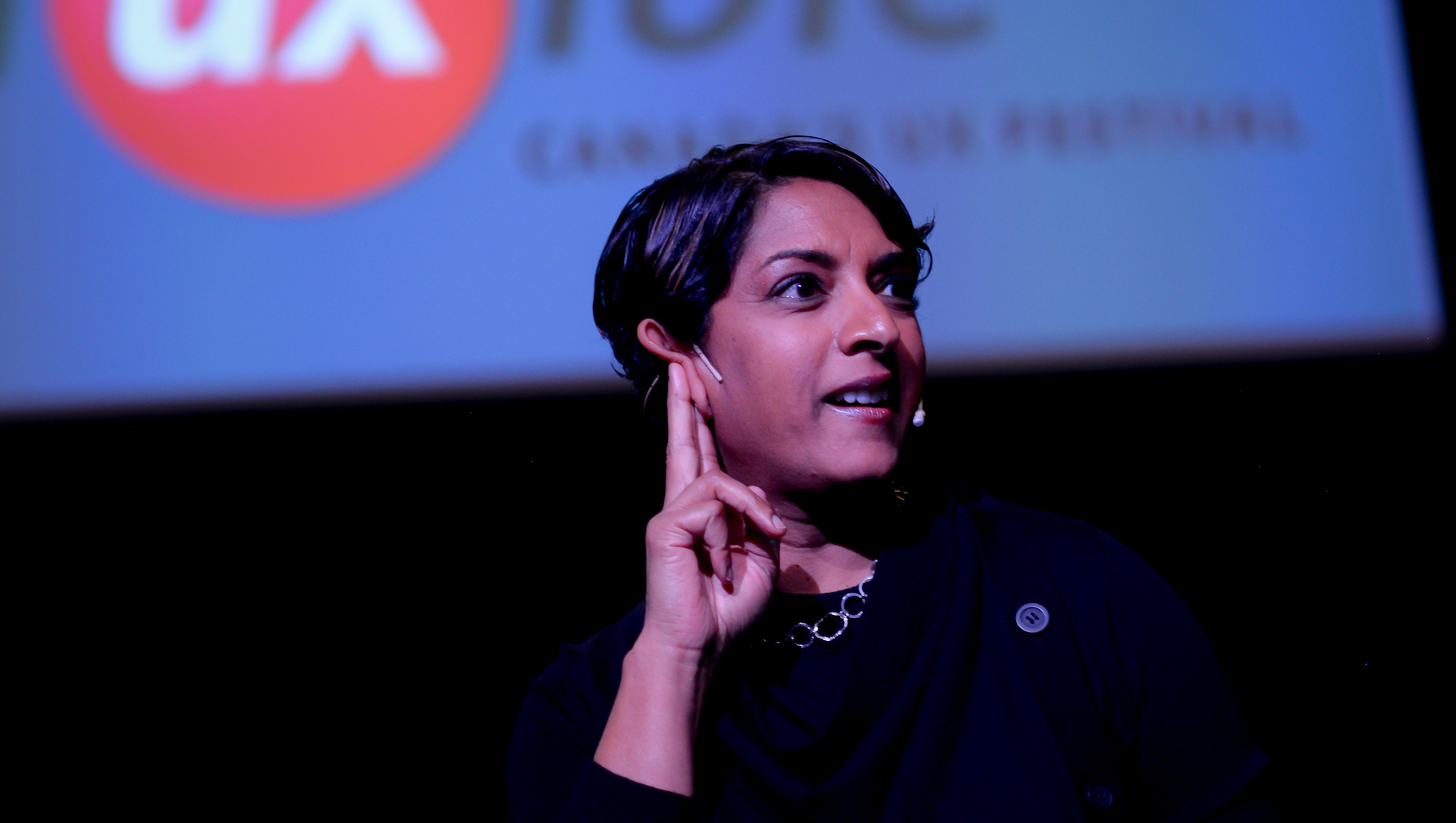Organizations need to create space for connection.
If you’re not convinced, consider this: User experience (UX) researcher Meena Kothandaraman has been studying what happens when organizations don’t create space for connection and the results are sobering. People inside the organization feel less integrated, disconnected, and they start to plan their escape.
That disconnection is costly, Kothandaraman found.
“It basically creates silos of people and when that silo starts to happen in an organization, either the person silos and just coasts and everybody else is affected because everybody else has got to pick up the work, or it's so siloed that they're just planning they're escape,” she said. “So either way, it's not good.”
Even before The Great Resignation, which has led to millions of people quitting their jobs, Kothandaraman, who runs Boston-based research consultancy twig + fish had been studying the internal costs of not investing in qualitative research. Her early results — she presented them at Fluxible 2020 — found that organizations that don’t invest in qualitative research pay dearly in employee morale, creativity and productivity. Kothandaraman said her research since then has only strengthened the early findings.
Related stories:
Finding moments of connection among UX designers and researchers
How UX designers can survive in a wicked environment
She found that UX designers and researchers both face the same challenges: When organizations don't invest in design and qualitative research, both feel like they have to stay inside a tight little box. That matters because they don't have the ability to be inspired.
"They end up in a situation where it's really very ugly,” she said.
She saw this play out in one situation where researchers at a company felt their work wasn’t valued and had started to coast. But when they were invited to a company session with twig + fish, others in the organization saw the value of their role and actually started to push for more research, said Kothandaraman. But by that time, the researchers had already developed a negative mindset about their work and the organization, she said.
It shouldn’t come as a surprise. One study found that one way to energize and help retain workers could be as simple as showing gratitude. And an article in Inc. magazine argued that the best leaders can deliver results and care for their employees too.
Doing qualitative research the proper way gives employees the permission to connect and feel as though they’re putting something out into the world that’s making a difference, she said. It’s not fair to expect a designer to learn about qualitative research overnight. So think about your organization and the mindset you’re setting up internally, Kothandaraman said. Are you setting up researchers for success, and giving them space to work, understand and reflect before moving onto designing?
Researchers and designers also have a role to play, she added.
“I would challenge researchers to do a better job of communicating and owning the process,” said Kothandaraman. “Don’t let somebody ramrod you into doing things a certain way, because when we don't know what we're doing in any job, somebody else tells us what to do, and they start to own our job. That's never a good thing.”
So if someone who isn’t a researcher says you need to run a focus group or tries to own your job, push back, she said. And don’t let anyone equate the people you’re researching to the product experience — understand their world outside of the product so you understand what the product represents in their world, said Kothandaraman.
“It takes patience and curiosity but you get rewarded so well,” she said. “And it ultimately comes back to that ‘connection’ word. It creates a connection for people.”





